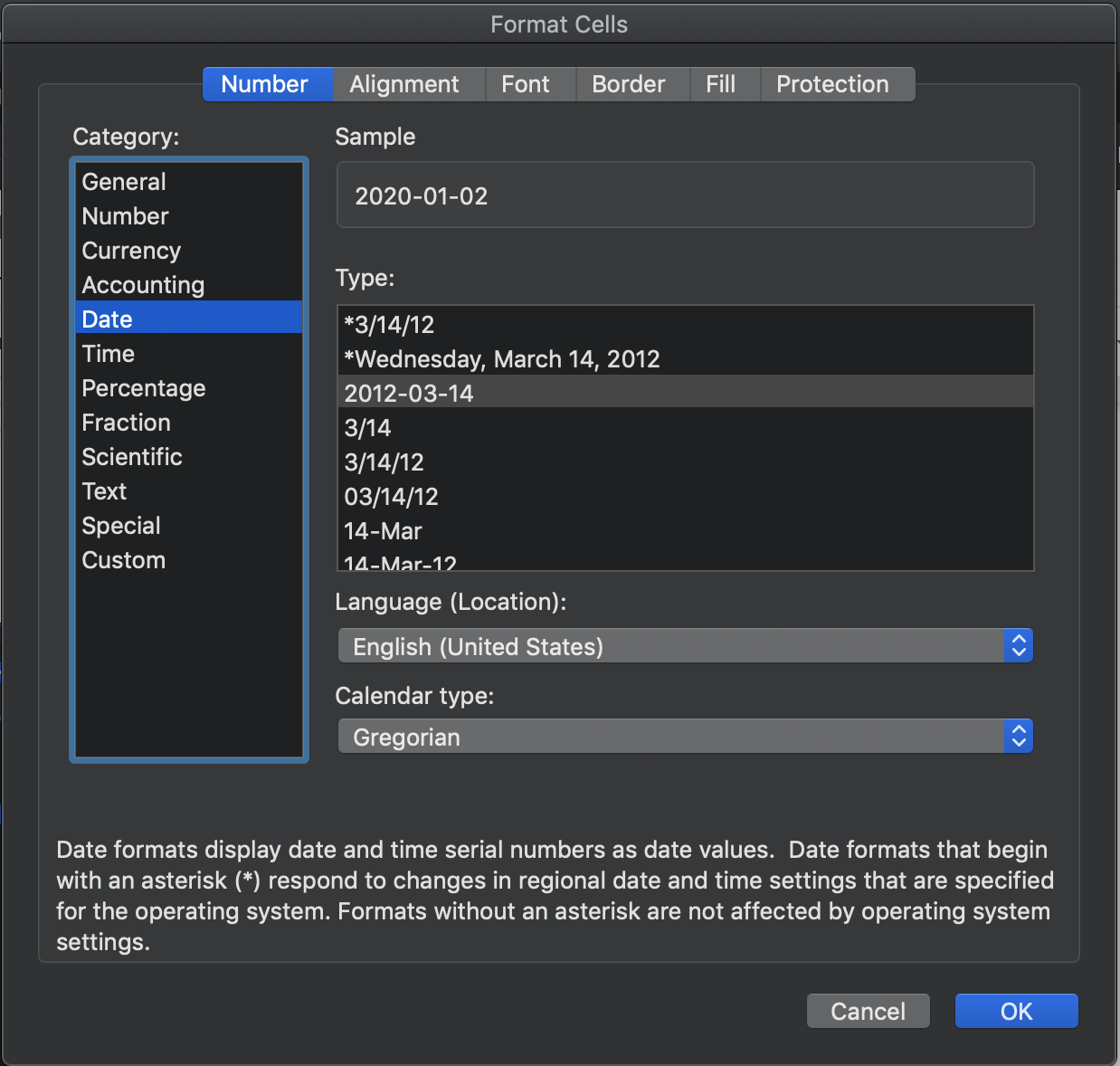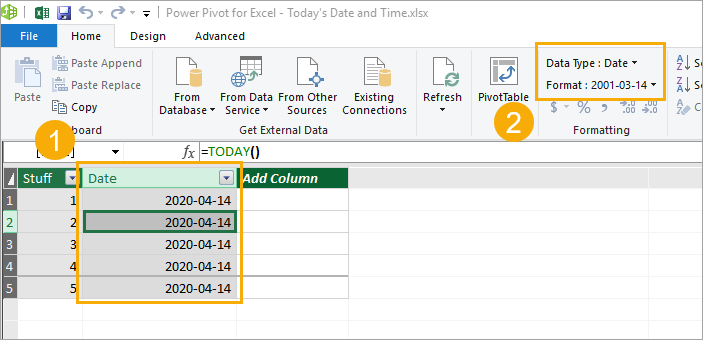

International standard date format support (ISO Standard 8601 example: YYYY-MM-DD) is not supported in any of ESRI's AGOL and Portal based solutions.
#Excel date and time format iso
When choosing ISO 8601 Date as the format type of the Date/Time field the output is one day less than the input ISO Standard 8601 for Dates (and Times) All the way back in 1988, the International Standards Organization (ISO) decided, for obvious reasons, that these country-specific all-numeric date formats had to go. Just the same as in General Settings, this format string is a template of characters where each character represents specific part of Date or Time. Functions for Time and Date accept format string as a parameter in order to override default Date and Time formatting for certain places in theme or plugin files.Issued in February 2019, the fourth revision of the standard ISO 8601-1:2019 represents slightly updated contents of the previous ISO 8601:2004 standard, whereas the new ISO 8601-2:2019 defines various extensions such as uncertainties or parts of the Extended Date/Time Format (EDTF).Dates are output as: YYYY-MM-DD HH:MM:SS > dt.ISO() ' 13:45:00' Note: this is not ISO 8601-format! See the ISO8601 and HTML4 methods below for ISO 8601-compliant output. ISO() returns a string with the date/time in ISO format.DateTime TryParse(String, IFormatProvider, DateTimeStyles, DateTime) converts the specified string representation of a date and time to its DateTime equivalent using the specified culture-specific format information and formatting style, and returns a value that indicates whether the conversion succeeded. C# DateTime TryParse(String, IFormatProvider, DateTimeStyles, DateTime) Description.A time lacking a timezone is assumed to be in UTC.


The conversions to text are mostly trivial: you can either do it using the default date and time Returns the combined date-time representation in the ISO 8601 format "YYYY-MM-DDTHH:MM:SS".


 0 kommentar(er)
0 kommentar(er)
